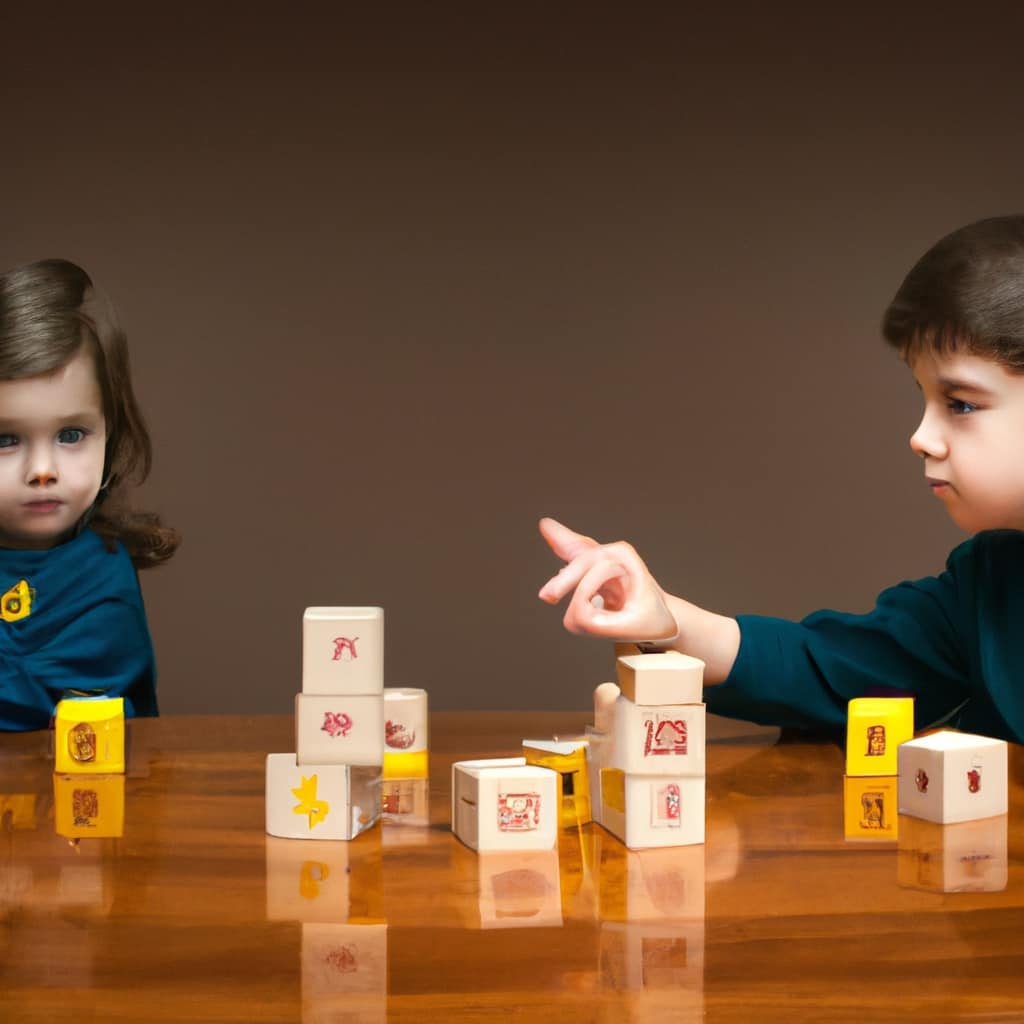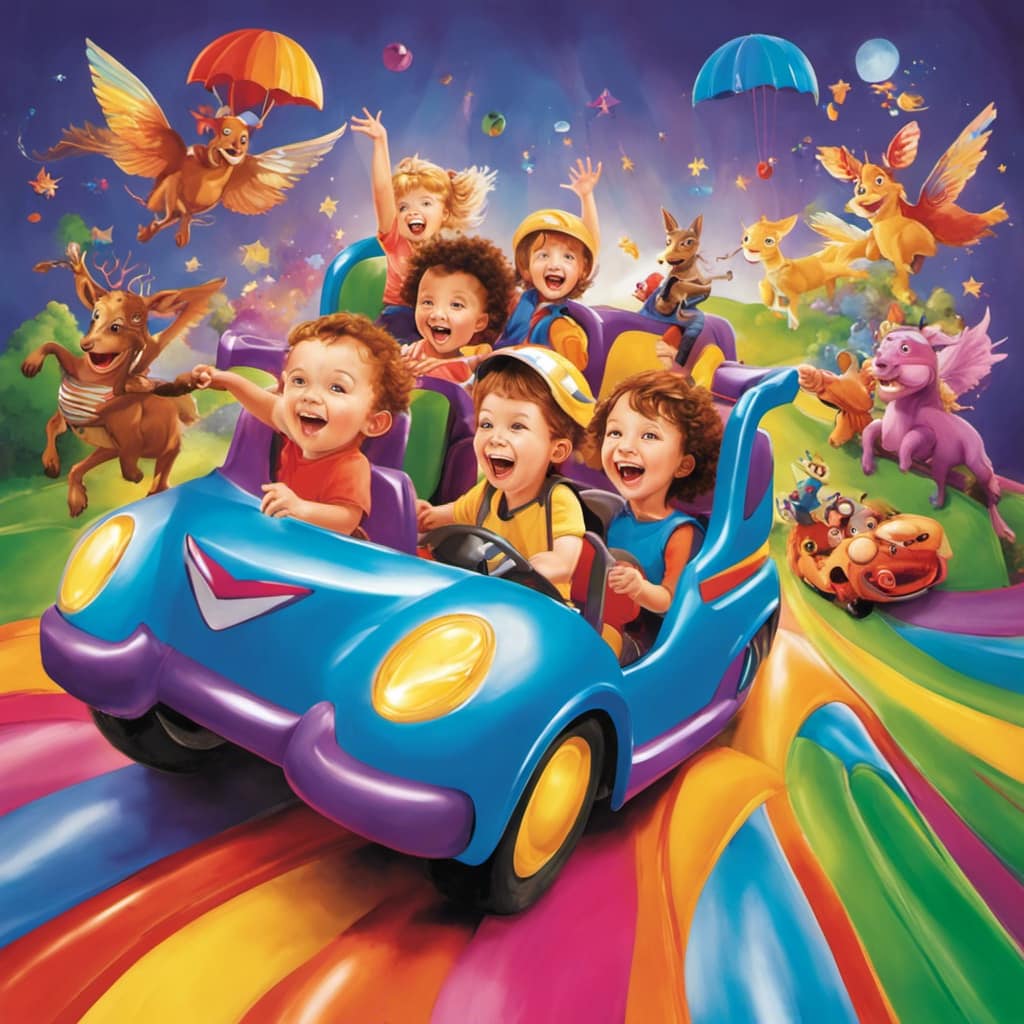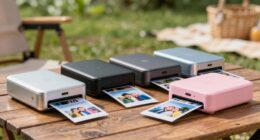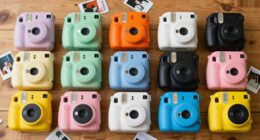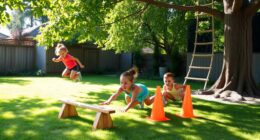Are you ready to explore the world of STEM toys for early childhood education? We’ve got all the supplies you require!
In this guide, we’ll explore the benefits of these educational toys, factors to consider when choosing the perfect ones, and even provide a list of the top 10 STEM toys for preschoolers.
So, let’s dive in and discover how we can incorporate these engaging toys into the preschool curriculum, while also sparking curiosity and fostering a love for learning in our little ones.
Let’s get started!
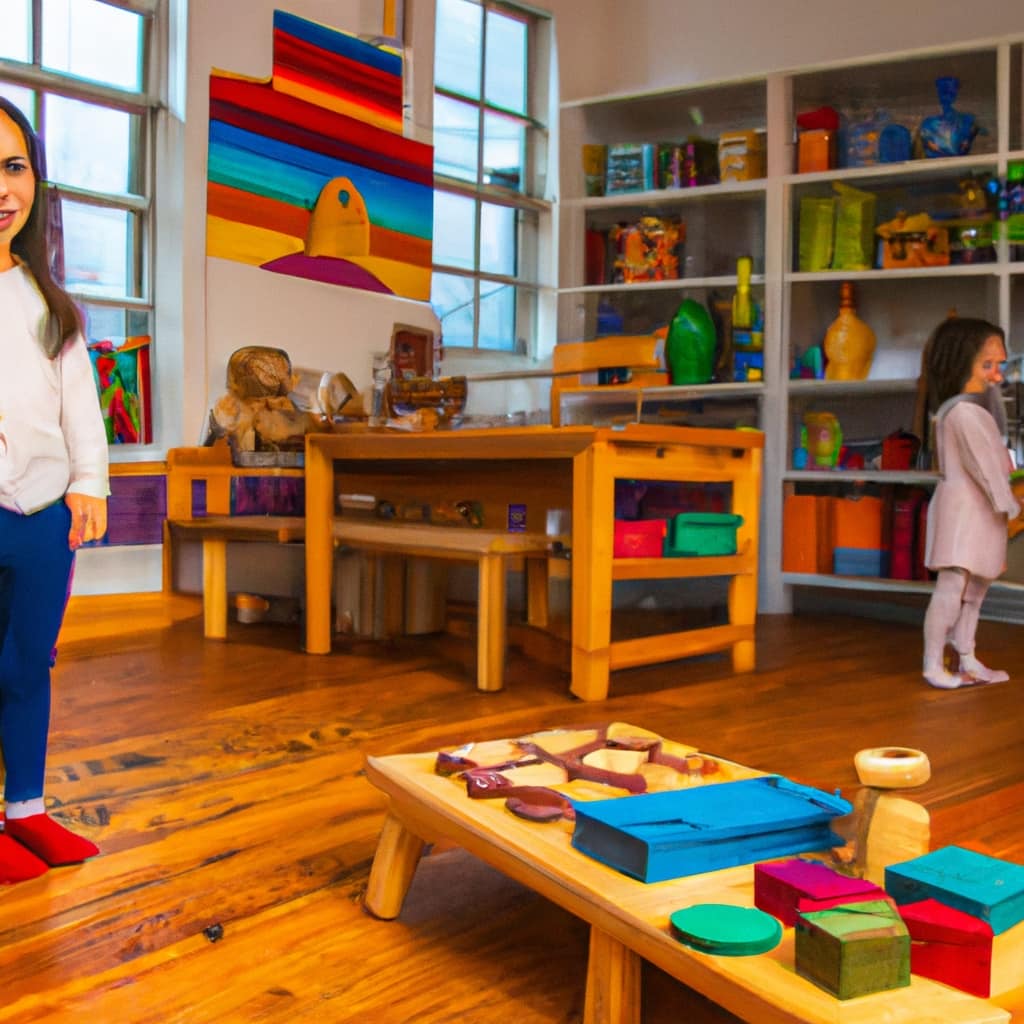
Key Takeaways
- STEM toys for preschoolers enhance learning experiences and foster critical thinking skills.
- When choosing STEM toys, consider age-appropriate options that align with preschoolers’ developmental stage.
- It is important to choose toys that encourage hands-on exploration and manipulation.
- Inclusivity in terms of gender and ethnicity should be considered when selecting STEM toys for preschool education.
Benefits of STEM Toys for Preschoolers
STEM toys for preschoolers offer numerous benefits that enhance their learning experiences and foster critical thinking skills.
One of the key advantages of these toys is the importance of hands-on learning. Preschoolers are naturally curious and learn best through active engagement with their environment. STEM toys provide them with the opportunity to explore, experiment, and problem-solve, all of which are essential skills for their development. By manipulating objects, building structures, and conducting simple experiments, preschoolers develop a deeper understanding of scientific concepts and mathematical principles.
In addition to hands-on learning, STEM toys also promote critical thinking skills in preschool education. These toys encourage children to think creatively, analyze problems, and come up with innovative solutions. Through trial and error, they learn to persevere, think critically, and develop problem-solving strategies.
In the next section, we’ll discuss factors to consider when choosing STEM toys, ensuring that your preschoolers have the best learning experiences possible.
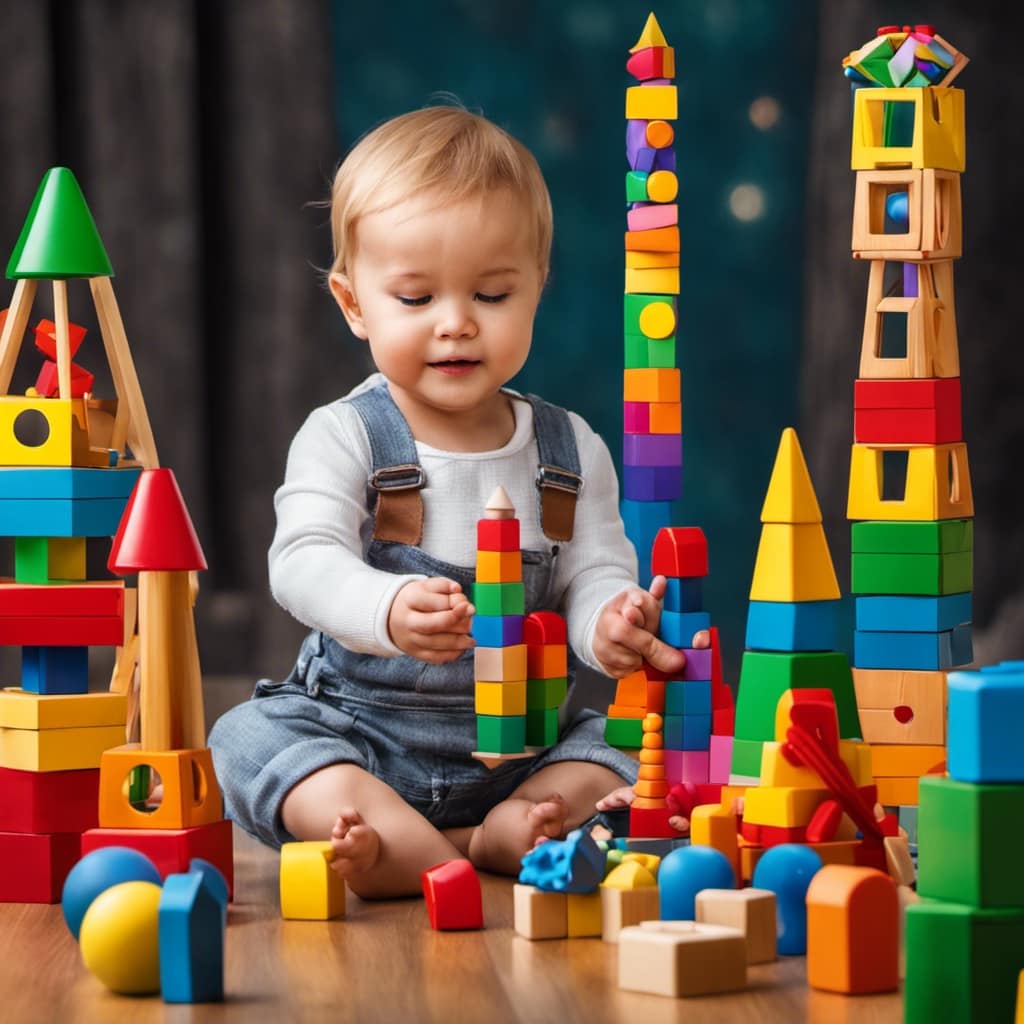
Factors to Consider When Choosing STEM Toys
When choosing STEM toys for preschool education, there are several factors to consider in order to provide the best learning experiences for our preschoolers. Here are four key factors to keep in mind:
-
Age Appropriate Options: It’s essential to choose toys that align with the developmental stage of preschoolers. Look for toys that are designed specifically for their age group, taking into consideration their cognitive, physical, and social-emotional abilities.
-
Hands-On Learning Experience: Preschoolers learn best through hands-on exploration and experimentation. Select toys that encourage active engagement and allow children to manipulate, build, and create. This hands-on approach fosters critical thinking, problem-solving, and creativity.
-
Safety: Safety should always be a top priority when selecting STEM toys. Ensure that the toys are made from non-toxic materials and don’t have small parts that can be a choking hazard. Look for toys with rounded edges and sturdy construction to prevent any accidents.
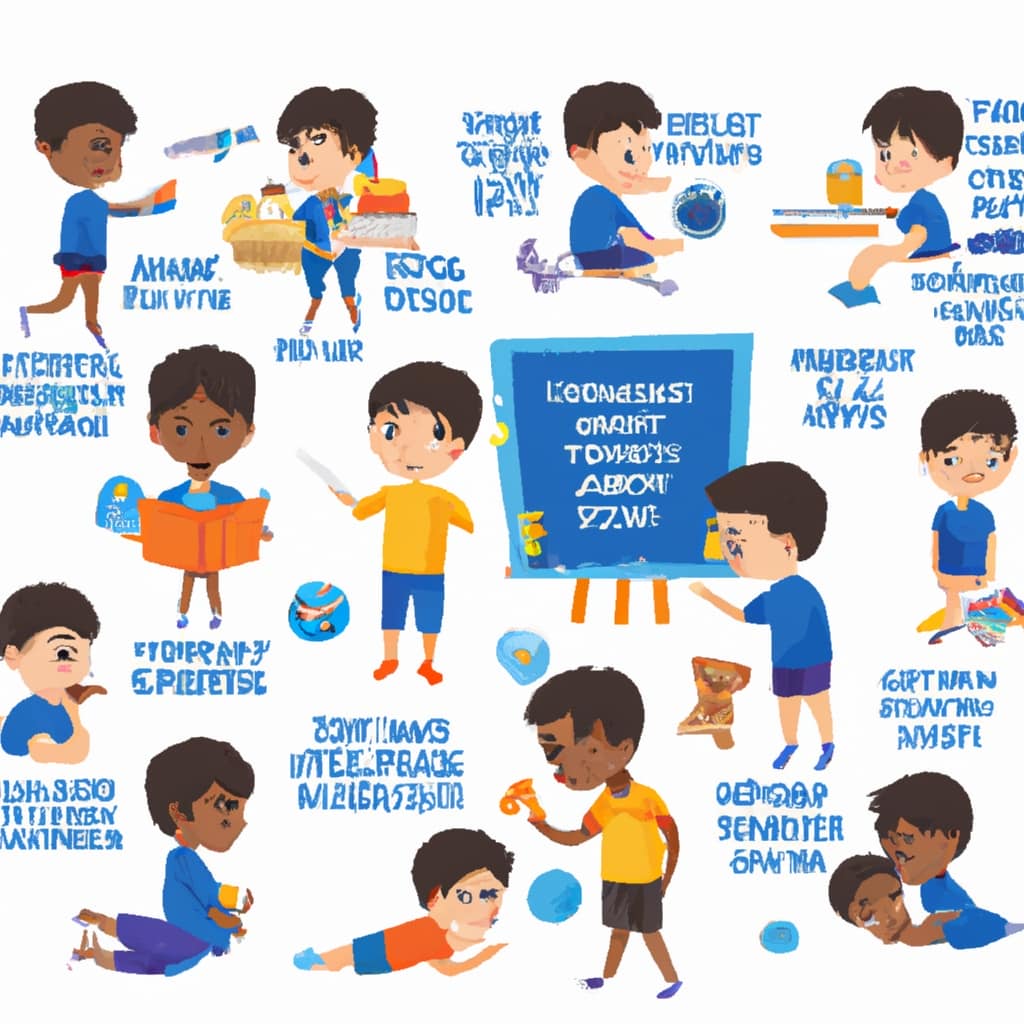
-
Open-Ended Play: Opt for toys that promote open-ended play, where there are no predetermined outcomes. This type of play encourages imagination, exploration, and divergent thinking. It allows preschoolers to experiment, make mistakes, and learn from their experiences.
Top 10 STEM Toys for Preschool Education
After considering the factors for choosing STEM toys for preschool education, we’ve compiled a list of the top 10 toys that provide engaging, hands-on learning experiences for our preschoolers. These toys have been carefully selected based on STEM toy reviews and their ability to promote critical thinking, problem-solving, and creativity in young children.
The best STEM toys for hands-on learning include building sets like LEGO DUPLO, which help develop fine motor skills and spatial awareness. Other top picks include coding toys like Cubetto and Botley, which introduce basic programming concepts in a fun and interactive way. Science kits like Learning Resources Primary Science Lab Set and Magna-Tiles magnetic building blocks are also great options for fostering curiosity and exploration.
How to Incorporate STEM Toys Into Preschool Curriculum
To effectively incorporate STEM toys into our preschool curriculum, we actively engage our students in hands-on learning experiences that promote critical thinking, problem-solving, and creativity. Here are four ways we incorporate STEM toys into our curriculum:

-
Integrate STEM toys into lesson plans: We align STEM toys with our curriculum goals to create meaningful learning experiences. For example, we use building blocks to teach spatial awareness and engineering concepts.
-
Encourage open-ended exploration: We provide opportunities for children to explore STEM toys freely, allowing them to experiment and discover on their own. This fosters curiosity and problem-solving skills.
-
Collaborative projects: We encourage students to work in teams to solve problems and complete STEM projects. This promotes teamwork, communication, and critical thinking.
-
Reflect and discuss: After using STEM toys, we engage students in reflective discussions to encourage critical thinking and deeper understanding.
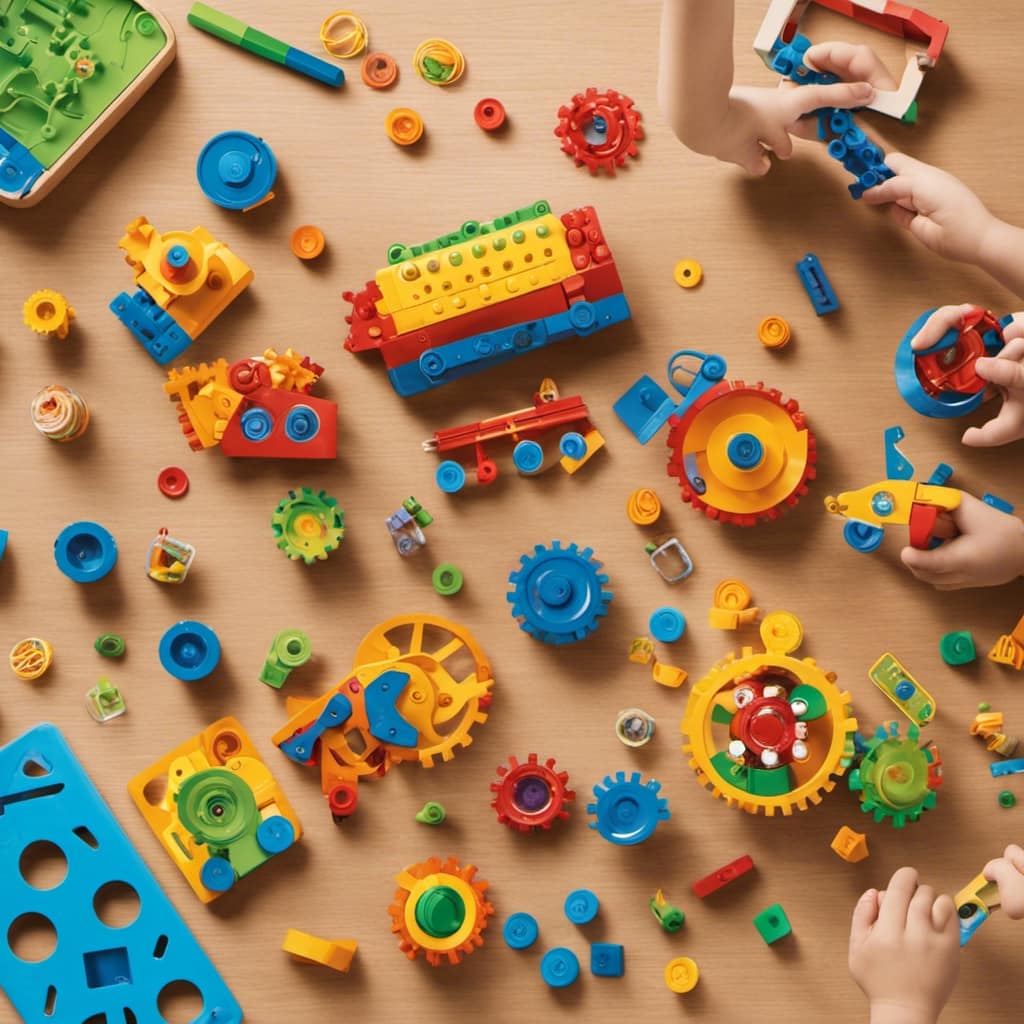
Tips for Engaging Preschoolers With STEM Toys
To further enhance our students’ engagement with STEM toys, we actively incorporate a wide variety of interactive and hands-on activities into our preschool curriculum. Engaging activities are essential for capturing the attention and imagination of young learners.
We believe that educational play is the key to fostering a love for STEM subjects at an early age. One way we achieve this is by organizing science experiments that allow children to explore concepts like gravity, magnetism, and density. We also encourage building and construction activities using blocks and building sets, which promote problem-solving and spatial awareness.
Additionally, we incorporate technology-based activities, such as using age-appropriate coding apps or robotics kits, to introduce basic programming concepts. By providing a range of engaging activities, we ensure that our students have fun while learning important STEM skills.
Frequently Asked Questions
Are STEM Toys Only Suitable for Older Children or Can Preschoolers Benefit From Them as Well?
Preschoolers can definitely benefit from STEM toys. They help develop critical thinking, problem-solving, and creativity. STEM toys encourage hands-on learning and spark curiosity, laying a strong foundation for future learning and success.
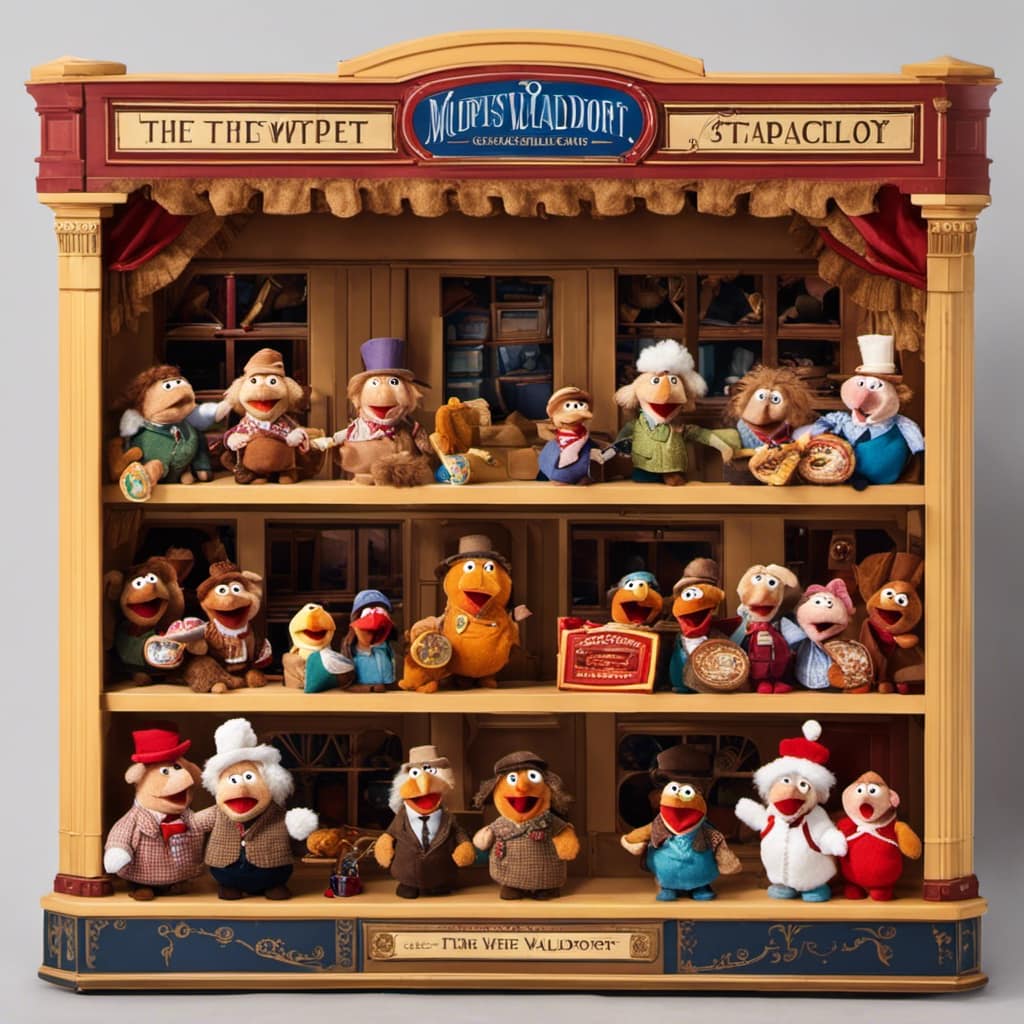
Can STEM Toys Help Improve a Child’s Problem-Solving and Critical Thinking Skills?
STEM toys can definitely help improve problem-solving and critical thinking skills in preschoolers. They provide hands-on learning experiences that promote exploration and creativity, fostering early childhood development in these important areas.
Are There Any Safety Concerns or Guidelines to Consider When Choosing STEM Toys for Preschoolers?
When choosing STEM toys for preschoolers, it’s important to consider safety concerns and age appropriate guidelines. We recommend toys that promote problem-solving and critical thinking skills, enhance language and communication, and cater to children with special needs or learning disabilities.
How Can STEM Toys Be Used to Enhance Language and Communication Skills in Preschoolers?
STEM toys can enhance language skills and promote social interactions in preschoolers. By engaging in hands-on activities, children learn new vocabulary, develop communication skills, and collaborate with others, fostering a love for learning and exploration.
Are There Any Specific STEM Toys That Are Recommended for Children With Special Needs or Learning Disabilities?
In choosing STEM toys for children with special needs or learning disabilities, recommended adaptations and inclusive learning strategies should be considered. These can help create an environment that supports their unique learning needs and promotes inclusive play and exploration.
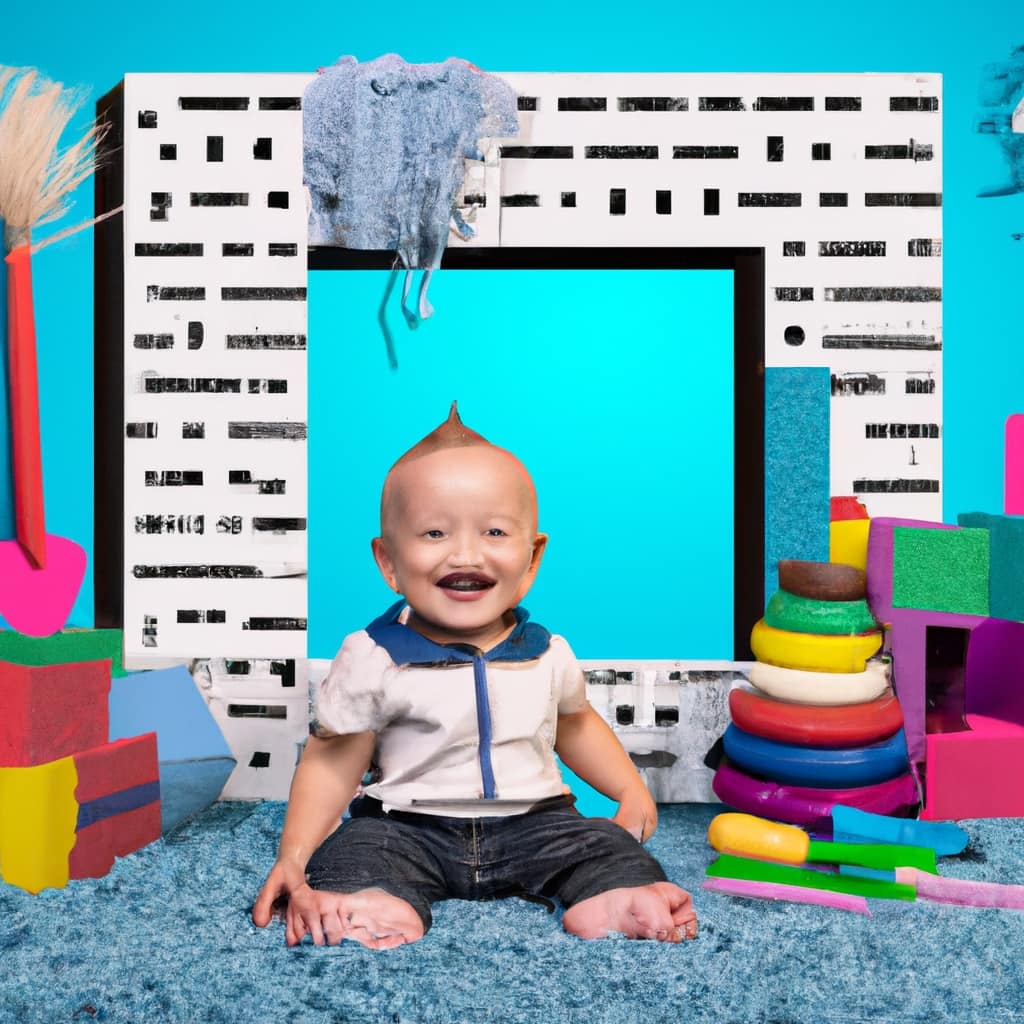
Conclusion
In conclusion, choosing the right STEM toys for preschool education is crucial for cultivating a love for learning in young minds. By considering factors such as age appropriateness, educational value, and hands-on engagement, we can ensure that preschoolers are equipped with the necessary skills for future success.
By incorporating STEM toys into the curriculum, we can create a dynamic and interactive learning environment that sparks curiosity and fosters critical thinking.
So let’s embark on this exciting journey of discovery with our little ones and watch them thrive!



